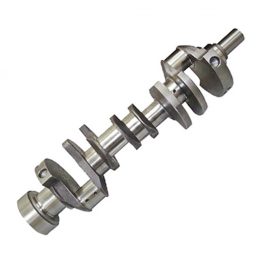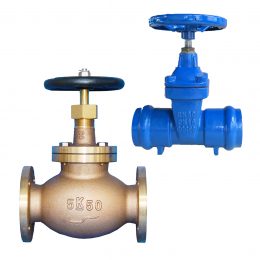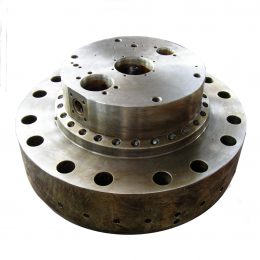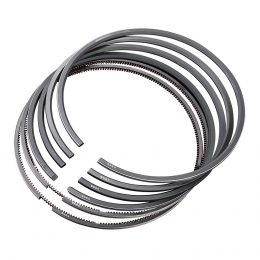Marine Engine Connecting Rods vs. Standard Connecting Rods
Connecting rods are key components of any internal combustion engine. They connect the piston to the crankshaft and play a critical role in translating linear motion into rotational motion. When it comes to marine engines, connecting rods are subject to unique challenges that require specialized designs.
The main difference between marine engine connecting rods and standard connecting rods is their material composition. Marine engine connecting rods are typically made of high-grade steel alloys that offer superior strength, corrosion resistance, and durability. This is necessary because marine engines operate in a harsh environment that exposes them to saltwater, humidity, and high temperatures. Standard connecting rods, on the other hand, are made of less durable materials like cast iron or aluminum.
Another key difference is the design of the connecting rod. Marine engine connecting rods are often longer and have a larger diameter than standard connecting rods. This is because marine engines typically operate at lower RPMs and require more torque to move larger propellers. Longer connecting rods allow for a greater piston stroke, which in turn generates more torque. Additionally, marine engine connecting rods often have a narrower big-end to reduce windage and improve oil flow.
Marine engine connecting rods are also designed to be more rigid than standard connecting rods. This is because the forces generated by a marine engine are much greater than those generated by an engine in a car or truck. The increased rigidity of the connecting rod helps to prevent it from flexing or bending under the intense loads generated by the engine.
Another important consideration when it comes to marine engine connecting rods is their weight. The weight of the connecting rod has a direct impact on the engine’s ability to accelerate and decelerate. For this reason, marine engine connecting rods are often designed to be as lightweight as possible while still maintaining their strength and rigidity.
Finally, marine engine connecting rods often have specialized coatings or treatments to further enhance their durability and corrosion resistance. These coatings can include chrome plating, nitriding, or other surface treatments that help to protect the connecting rod from the harsh marine environment.
In conclusion, marine engine connecting rods are designed to withstand the unique challenges of operating in a marine environment. They are made of high-grade steel alloys, have a specialized design that allows for greater torque and improved oil flow, are more rigid and lightweight, and often have specialized coatings or treatments to enhance their durability and corrosion resistance. Standard connecting rods, on the other hand, are better suited for applications that don’t require the same level of durability and strength.
- Marine Engine Connecting Rod
- Maximizing Efficiency with Advanced Algorithms
- Ship spare parts S60MC S50MC S80MC K80MC K90MC Cylinder liner
- Cylinder liner Sulzer RTA38, RTA48, RTA52, RTA60, RTA62, RTA72
- Choosing the Optimal Marine Cylinder Liner Material
- SULZER chemical process pump seal SCZ32-160 SCZ50-250 SCZ80-200



